CFPB Releases Changes to TRID
New Rules Go Into Effect Oct. 1, 2018; Simultaneous Issue Problem Not Addressed
Late on Friday, July 7, 2017, the CFPB released updated changes to the TRID rule. This rule has been in the process of being updated since July 2016, when CFPB first issued this rule for comment. The agency received more than 1,600 comments, and the resulting new changes are over 560 pages long. The effective date for mandatory compliance will be Oct. 1, 2018, but the new rules will technically be effective 60 days after publication in the Federal Register, which will come within a few weeks.
The changes specifically relate to the practical implementation of TRID. When the rulemaking changes were released last July, the bureau did not reopen any major policy decisions. It stated when releasing the final proposal that it was “prioritizing its resources to further facilitate industry’s implementation progress. This final rule does not contain any revisions that implicate fundamental policy choices, such as the disclosure of simultaneous issuance title insurance premiums made in the TILA-RESPA Final Rule. This final rule also does not include additional cure provisions.” We are disappointed with the CFPB’s decision not make changes to the simultaneous issue concern, but not surprised because they openly stated they would not. We think possible changes could come when a new director of the CFPB comes into the office and takes a fresh look at the issue, but nothing is guaranteed. CFPB director Richard Cordray’s term will end in July 2018.
The CFPB has written highlights of the new rules, including the following:
- “Tolerances for the total of payments: Before the Know Before You Owe mortgage disclosure rule, the total of payments disclosure was determined using the finance charge as part of the calculation. The Know Before You Owe mortgage disclosure rule changed the total of payments calculation so that it did not make specific use of the finance charge. The Bureau is now finalizing updates to include tolerance provisions for the total of payments that parallel the tolerances for the finance charge and disclosures affected by the finance charge.”
- “Privacy and sharing of information: The Know Before You Owe mortgage disclosure rule requires creditors to provide certain mortgage disclosures to the consumer. The Bureau has received many questions about sharing the disclosures provided to consumers with third parties to the transaction, including the seller and real estate brokers. The Bureau understands that it is usual, accepted, and appropriate for creditors and settlement agents to provide a Closing Disclosure to consumers, sellers, and their real estate brokers or other agents. The Bureau is finalizing additional commentary to clarify how a creditor may provide separate disclosure forms to the consumer and the seller.”
Additionally, the final rule amendments mention the following: “The clarifications and technical corrections in this final rule address a variety of topics, including: affiliate charges; the calculating cash to close table; construction loans; decimal places and rounding; escrow account disclosures; escrow cancellation notices; expiration dates for the closing costs disclosed on the Loan Estimate; gift funds; the ‘In 5 Years’ calculation; lender and seller credits; lenders’ and settlement agents’ respective responsibilities; the list of service providers; non-obligor consumers; partial payment policy disclosures; payment ranges on the projected payments table; the payoffs and payments table; payoffs with a purchase loan; postconsummation fees; principal reduction (principal curtailment); disclosure and good-faith determination of property taxes and property value; rate locks; recording fees; simultaneous second lien loans; the summaries of transactions table; the total interest percentage calculation; trusts; and informational updates to the Loan Estimate.”
In addition to the final rule, the CFPB issued a proposal addressing when a creditor may use a Closing Disclosure instead of a Loan Estimate to determine if an estimated closing cost was disclosed in good faith and within tolerance.

